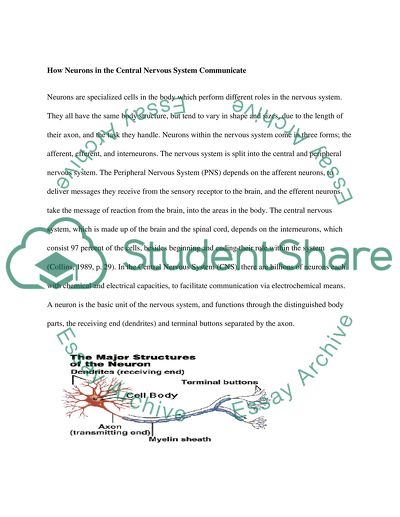Cite this document
(“Describe how neurons in the central nervous system communicate. Using Essay”, n.d.)
Describe how neurons in the central nervous system communicate. Using Essay. Retrieved from https://studentshare.org/psychology/1465472-describe-how-neurons-in-the-central-nervous-system
Describe how neurons in the central nervous system communicate. Using Essay. Retrieved from https://studentshare.org/psychology/1465472-describe-how-neurons-in-the-central-nervous-system
(Describe How Neurons in the Central Nervous System Communicate. Using Essay)
Describe How Neurons in the Central Nervous System Communicate. Using Essay. https://studentshare.org/psychology/1465472-describe-how-neurons-in-the-central-nervous-system.
Describe How Neurons in the Central Nervous System Communicate. Using Essay. https://studentshare.org/psychology/1465472-describe-how-neurons-in-the-central-nervous-system.
“Describe How Neurons in the Central Nervous System Communicate. Using Essay”, n.d. https://studentshare.org/psychology/1465472-describe-how-neurons-in-the-central-nervous-system.


